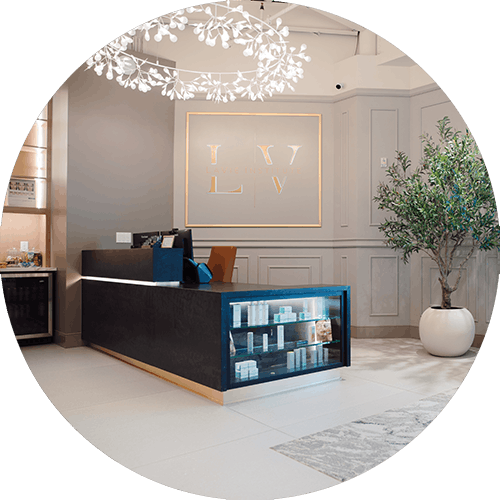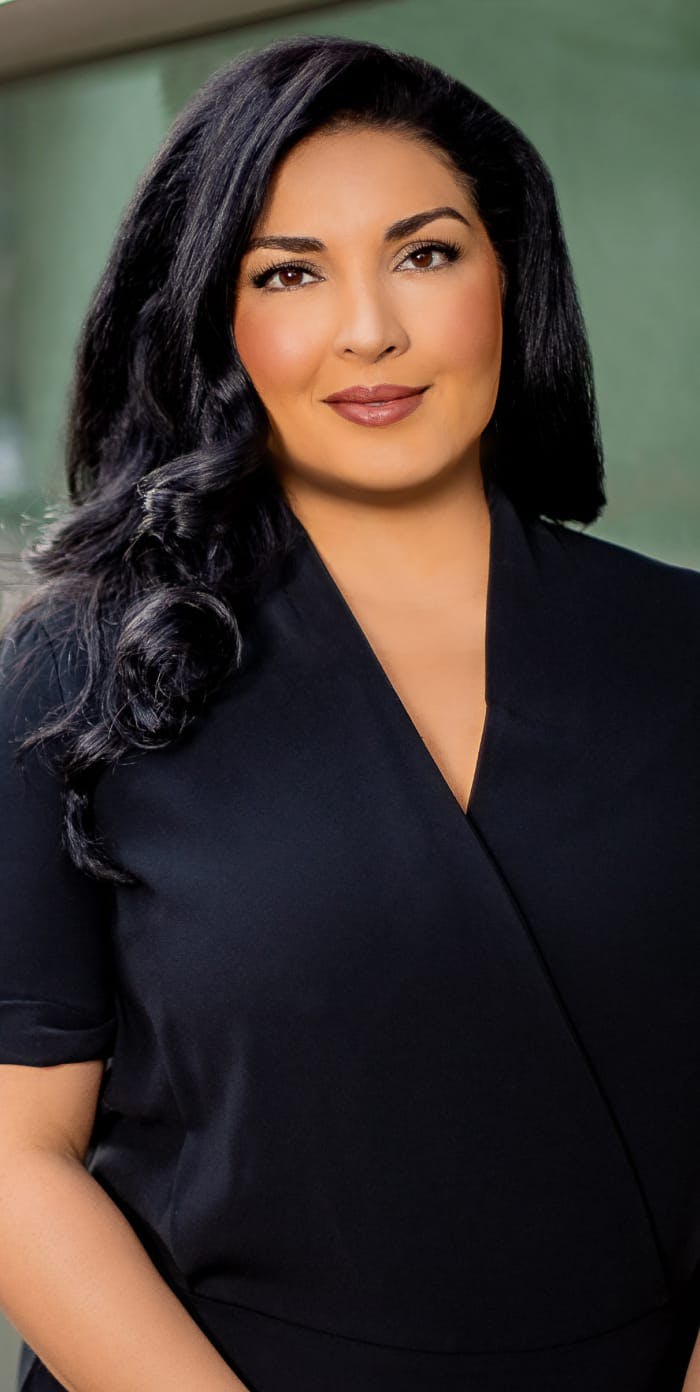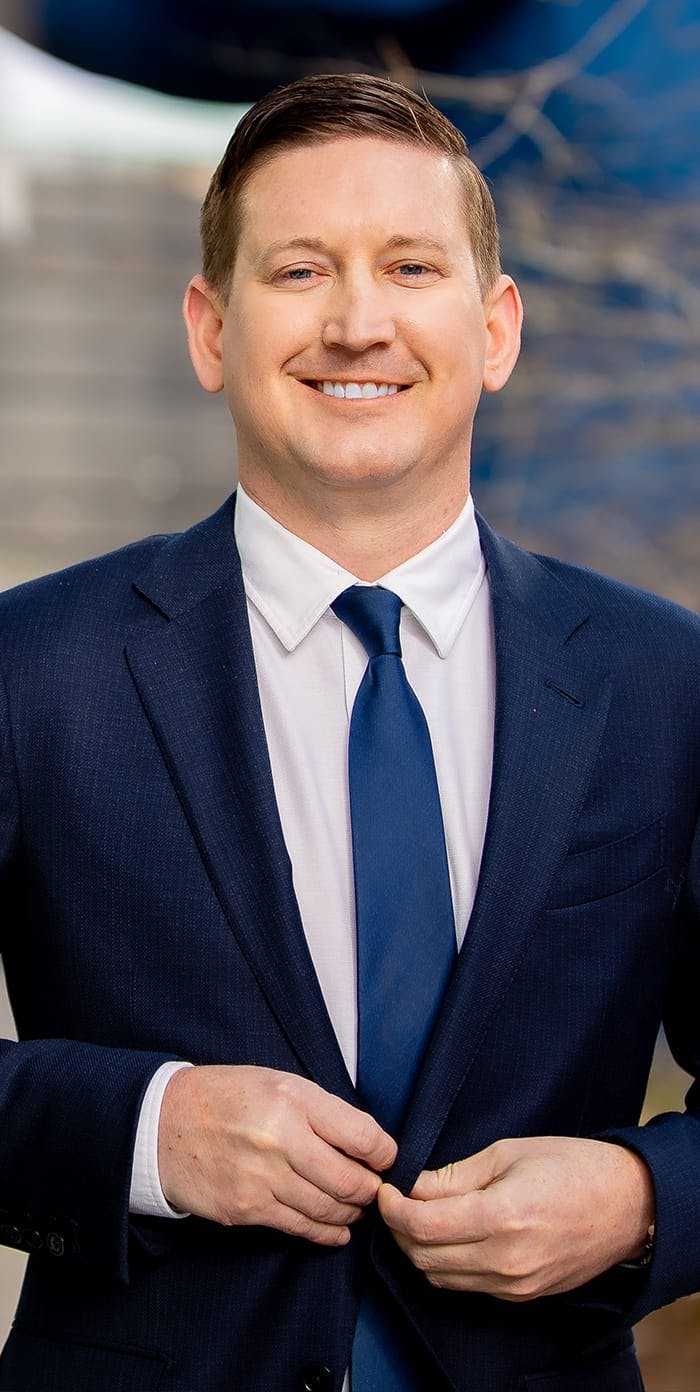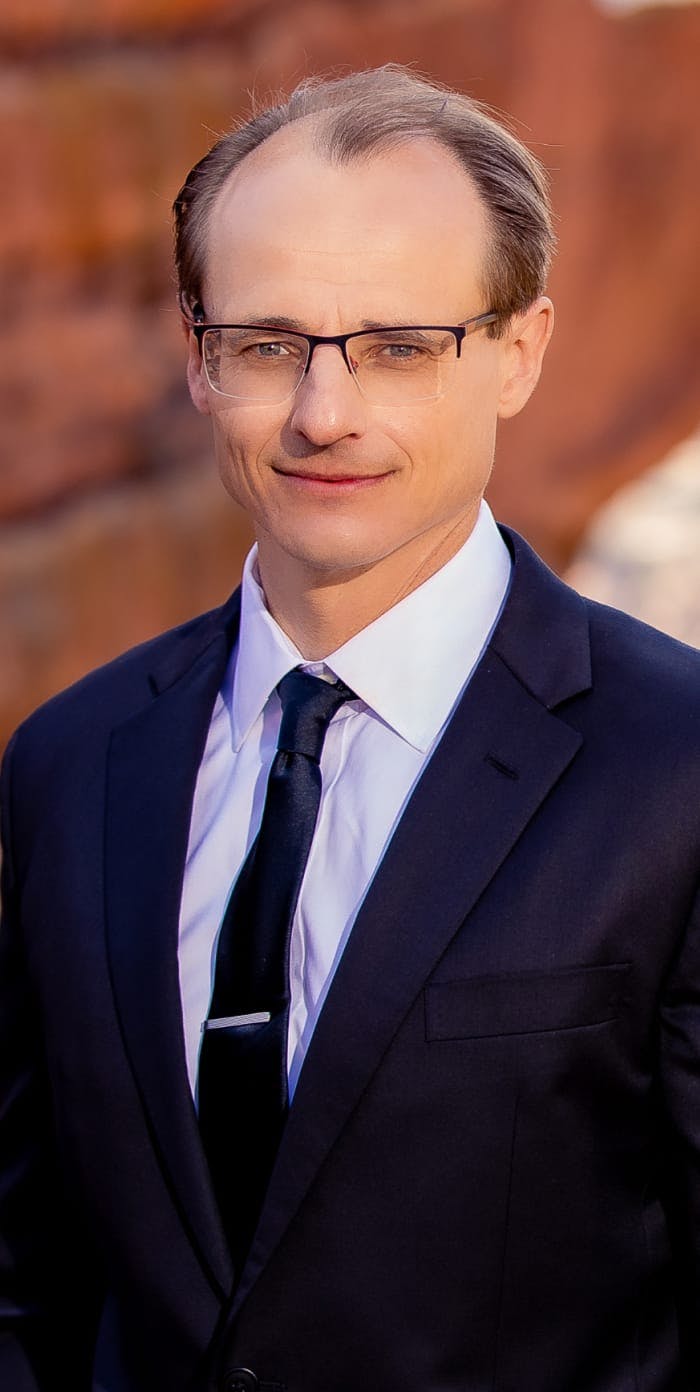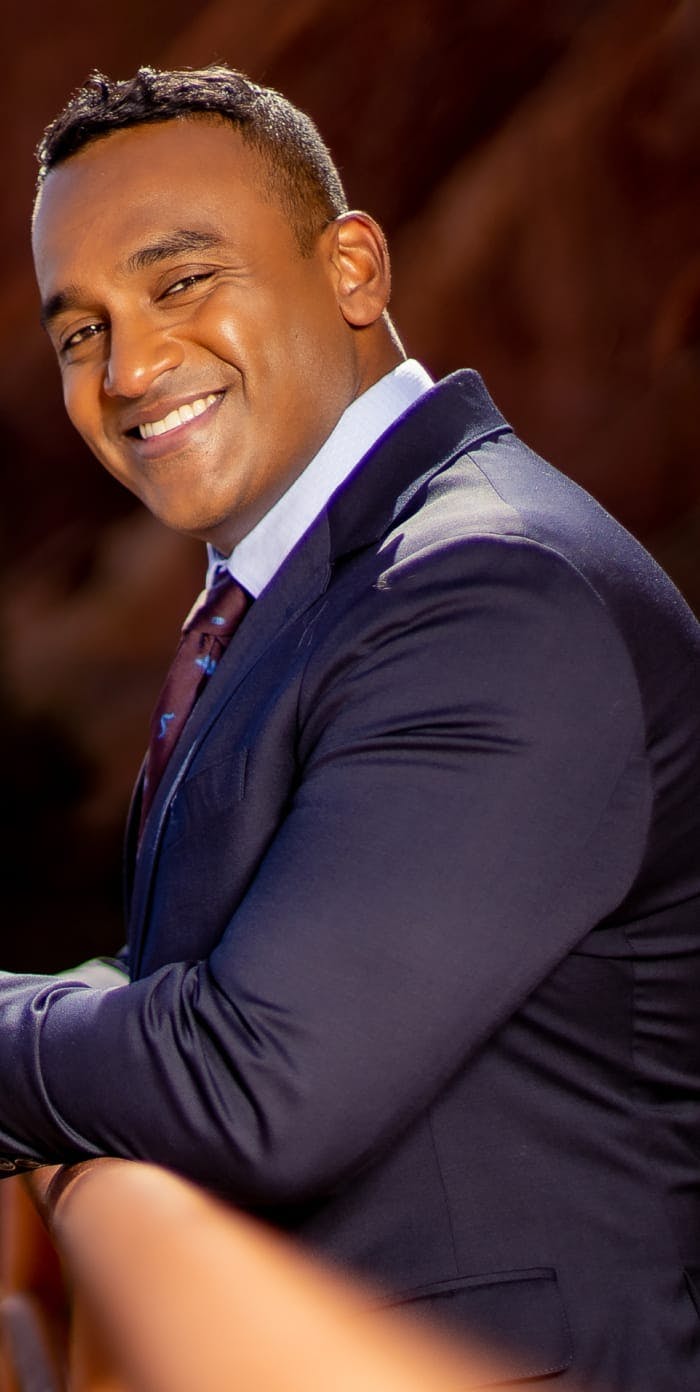Why Choose The LaVie Institute?
The LaVie Institute is committed to guiding you through your personal enhancement journey with unmatched expertise and attentive care. We offer a patient-focused experience designed to surpass your expectations, meticulously crafted to align with your unique aesthetic desires and lifestyle preferences. Our recovery protocols are efficient, ensuring a quick return to normalcy with unparalleled service quality in the region.
Our distinguished surgical team is composed of top-tier professionals educated at prestigious institutions including Stanford, Harvard-MIT, and Johns Hopkins. They are prominent members of leading medical societies such as:
- American Society for Aesthetic Plastic Surgery (AAHS)
- American Society of Plastic Surgeons (ASPS)
- American Society for Surgery of the Hand (ASSH)
- American Society for Reconstructive Microsurgery (ASRM)
- Fellow of the American College of Surgeons (FACS)
Choose LaVie Institute for a transformational experience where elite surgical expertise meets individualized patient care.
Dr. Lily Daniali
Dr. Lily Daniali is a board-certified Plastic Surgeon and Hand Surgeon who goes above and beyond for her patients, as evidenced by hundreds of genuinely glowing reviews from past clients. She completed demanding Fellowships in Craniofacial Surgery, Pediatric Surgery, and Hand Surgery/Microsurgery, excelling at complex cases related to traumatic injury, burns, nerve disorders, and cancer. Patients return over and over to visit Dr. Daniali because they feel seen, heard, and valued.
Dr. Ryan Endress
Dr. Endress a leading medical authority who is double board-certified in both Plastic Surgery and Hand Surgery. He tirelessly works on each patient’s behalf to deliver transformative care that will solve their concerns and restore self-confidence. Dr. Endress completed his integrated Plastic and Reconstructive Surgery residency at the esteemed Stanford University program as well as a coveted Hand Surgery Fellowship at the world-renowned Mayo Clinic in Rochester, MN.
Dr. Wojciech Przylecki
Dr. Przylecki is double board-certified in Plastic and Reconstructive Surgery and Hand Surgery, specializing in a range of complex procedures that restore quality of life. There is no concern too complicated for Dr. Przylecki, who treats each patient like family. Dr. Przylecki completed his Residency at the Harvard Combined Integrated Plastic & Reconstructive Surgery Program as well as an elite Fellowship in Hand Surgery and Complex Reconstruction at Buncke Clinic (California Pacific Medical Center).
Dr. Benson Pulikkottil
Dr. Pulikkottil is a meticulously trained, precision-minded leader in his field who is board-certified in Plastic Surgery and Hand Surgery. He strives to be honest and empathetic while delivering top-tier care with innovative solutions. Dr. Pulikkottil completed a demanding three-year Fellowship in Plastic and Reconstructive Surgery at the prestigious University of Texas at Southwestern, as well as an elite Microsurgery Fellowship at the University of Pittsburgh Medical Center.









